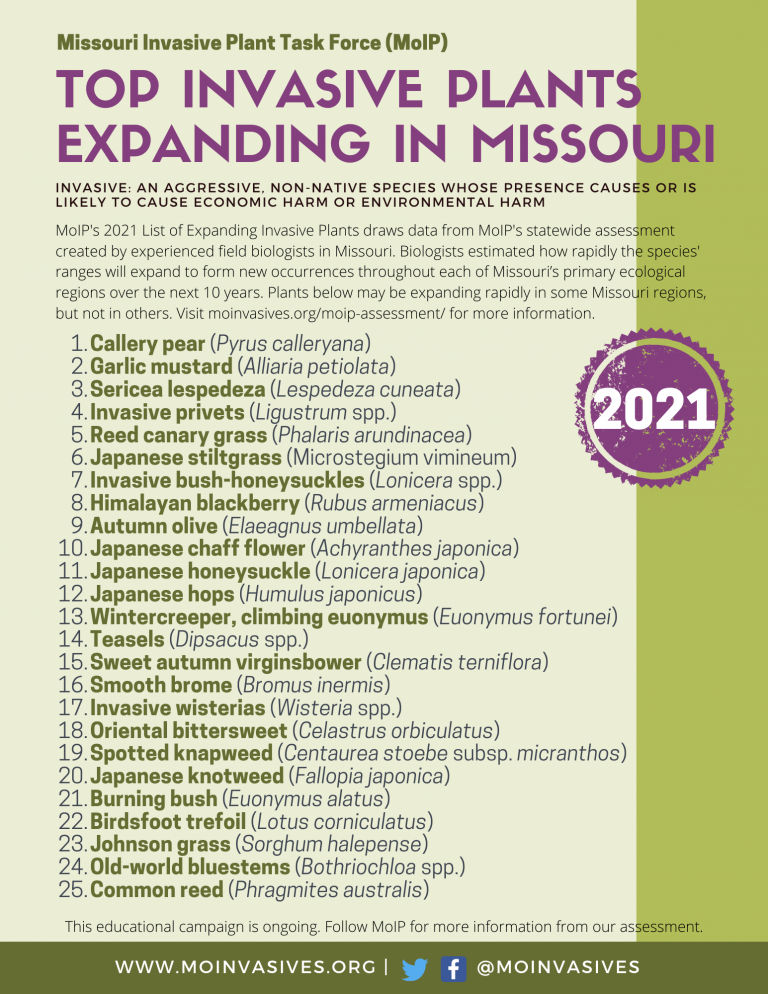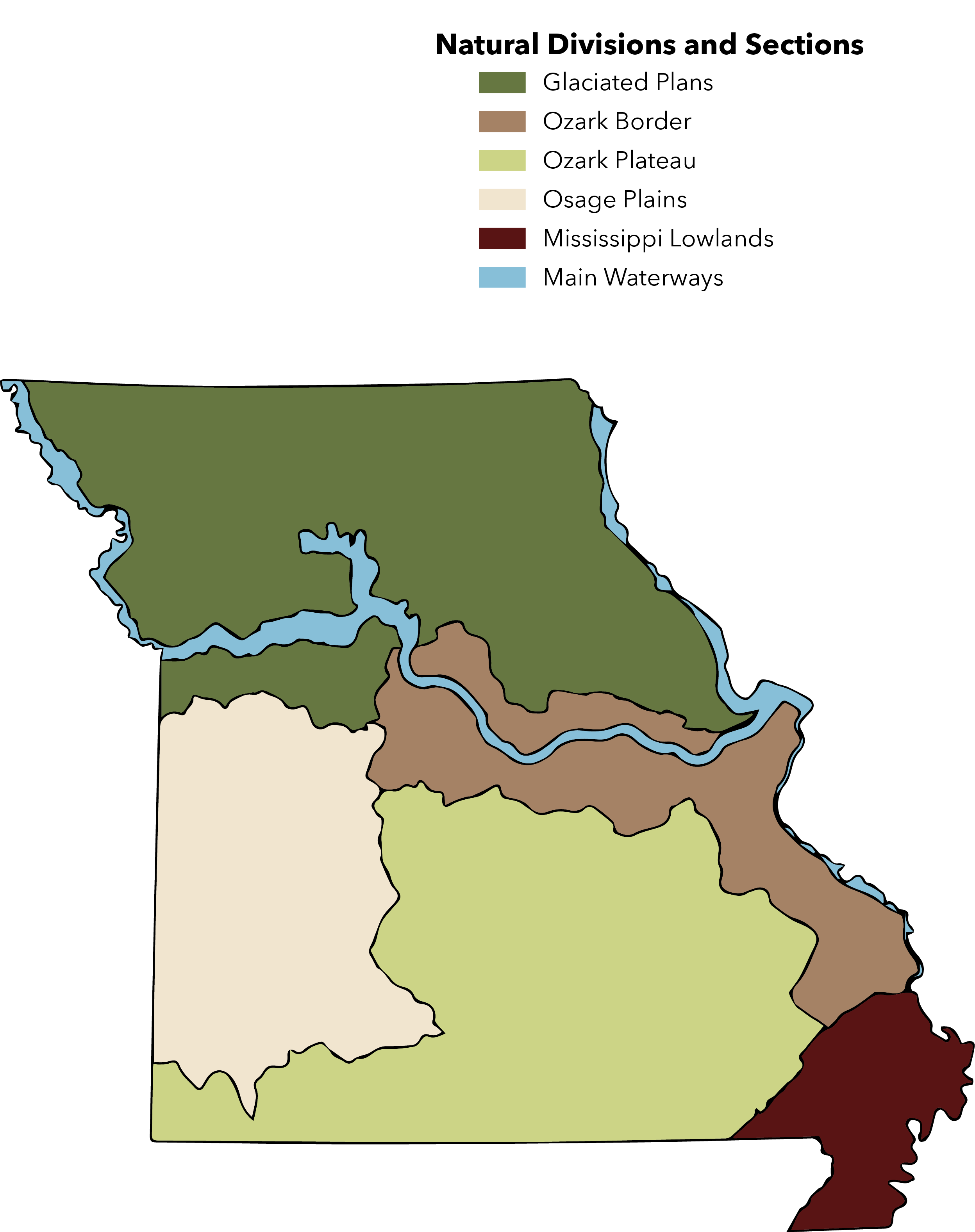Celastrus orbiculatus
Round-leaved (Oriental) bittersweet (Celastrus orbiculatus) is a perennial deciduous, climbing, woody vine that can grow to lengths of 60 feet and up to 4 inches in diameter. The striated bark is brown to dark brown. The smooth twigs can range from light gray to dark brown. The alternate, elliptical to rounded leaves are light green and 2-5 inches long. Small, inconspicuous, axillary, greenish white flowers bloom from May to early June. Small, round fruits are green when young; ripen to yellow; then split to reveal showy, scarlet berries that persist into winter.
Round-leaved bittersweet was introduced from China around 1860 as an ornamental. It closely resembles native American bittersweet (Celastrus scandens). The main difference: Native Celastrus scandens has flowers and fruits at the ends of branches; Celastrus orbiculatus has flowers in the axils of the leaves. Celastrus orbiculatus is often found in old home sites, fields, and road edges. The fast-growing vines can cover, shade, and outcompete other vegetation, and even girdle and kill large trees. See its distribution in Missouri here.
To treat in summer, foliar spray with a solution of 2% triclopyr with surfactant.
Identification and fact sheets
- Learn about Round leaf bittersweet at Invasive.org
- Learn about Round leaf bittersweet at Woody Invasives of the Great Lakes
Representative photos of Round leaf bittersweet:



Round leaf bittersweet impact, abundance, and trend in Missouri
(Formerly known as Oriental Bittersweet)



